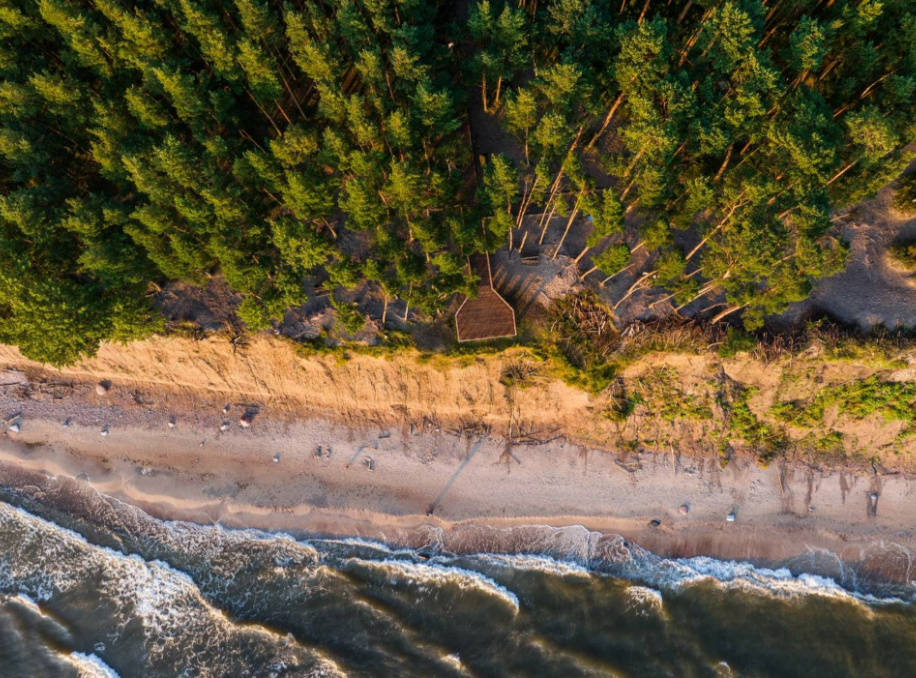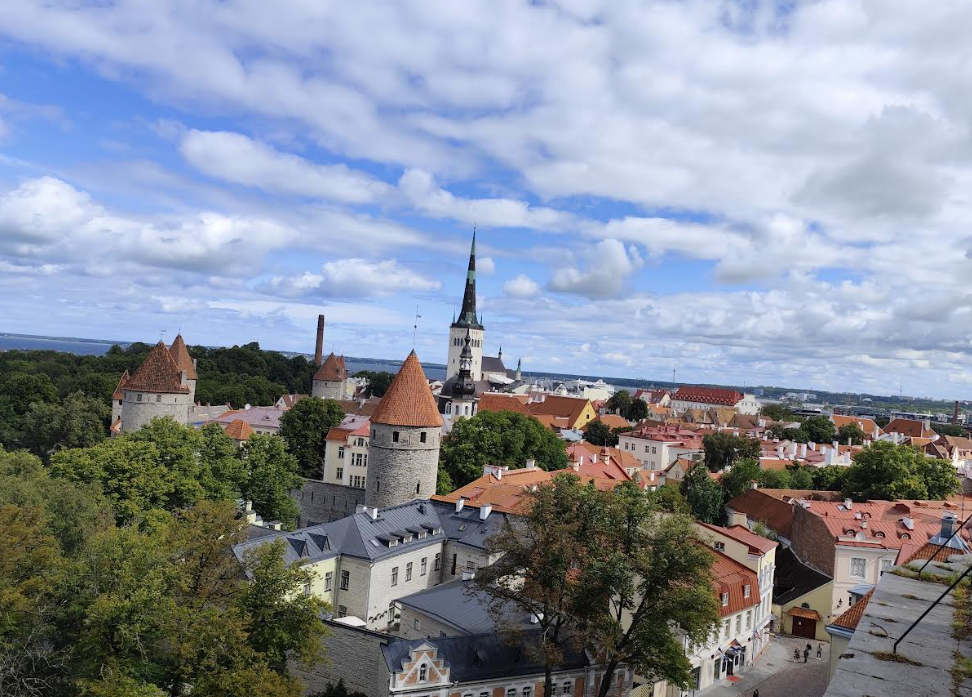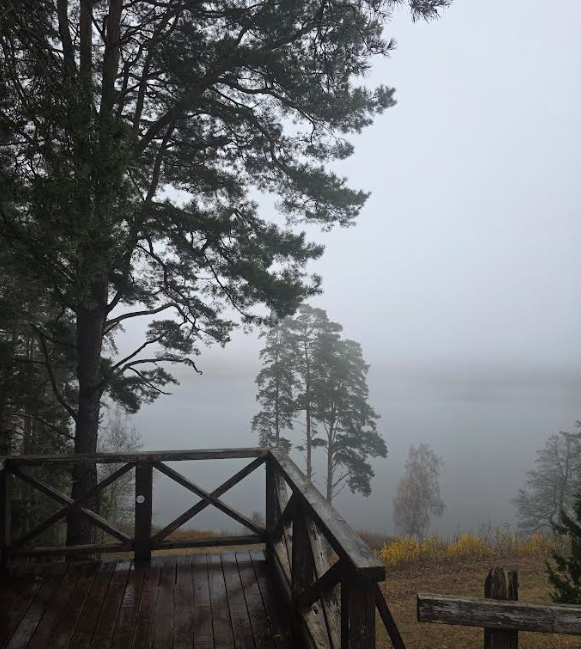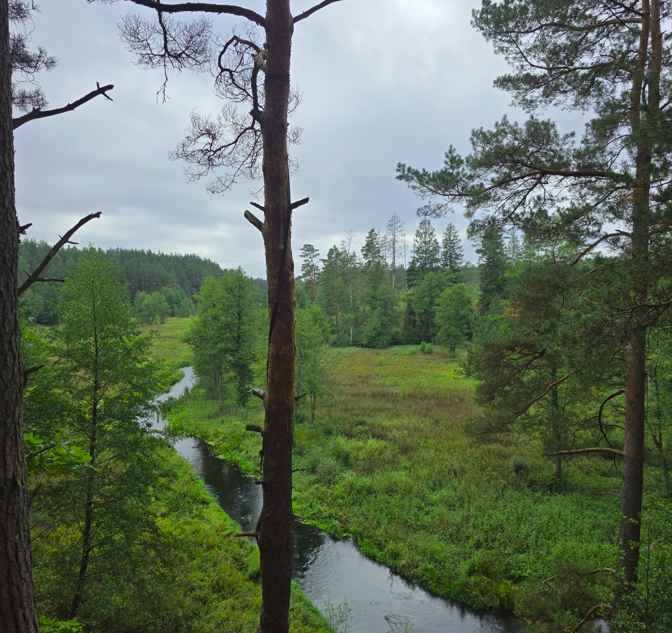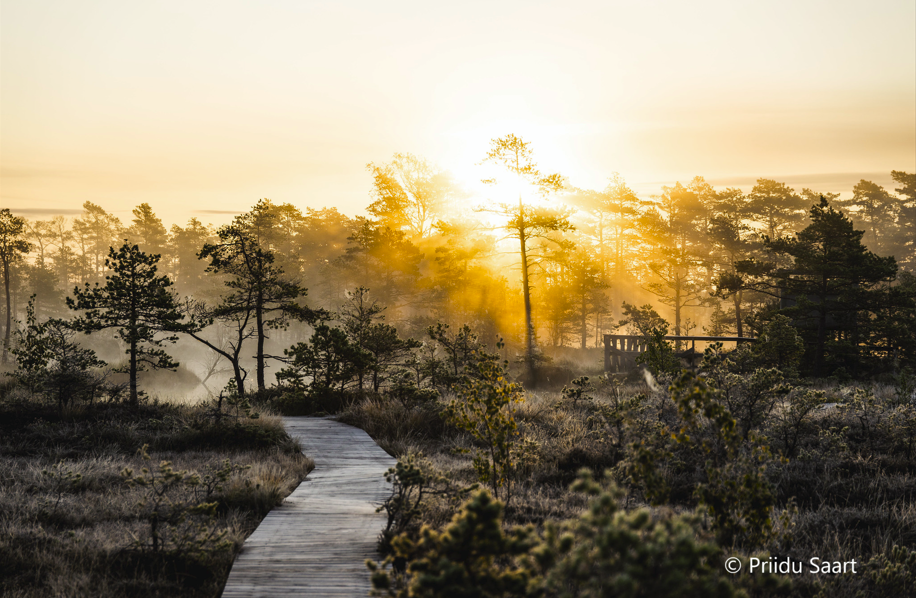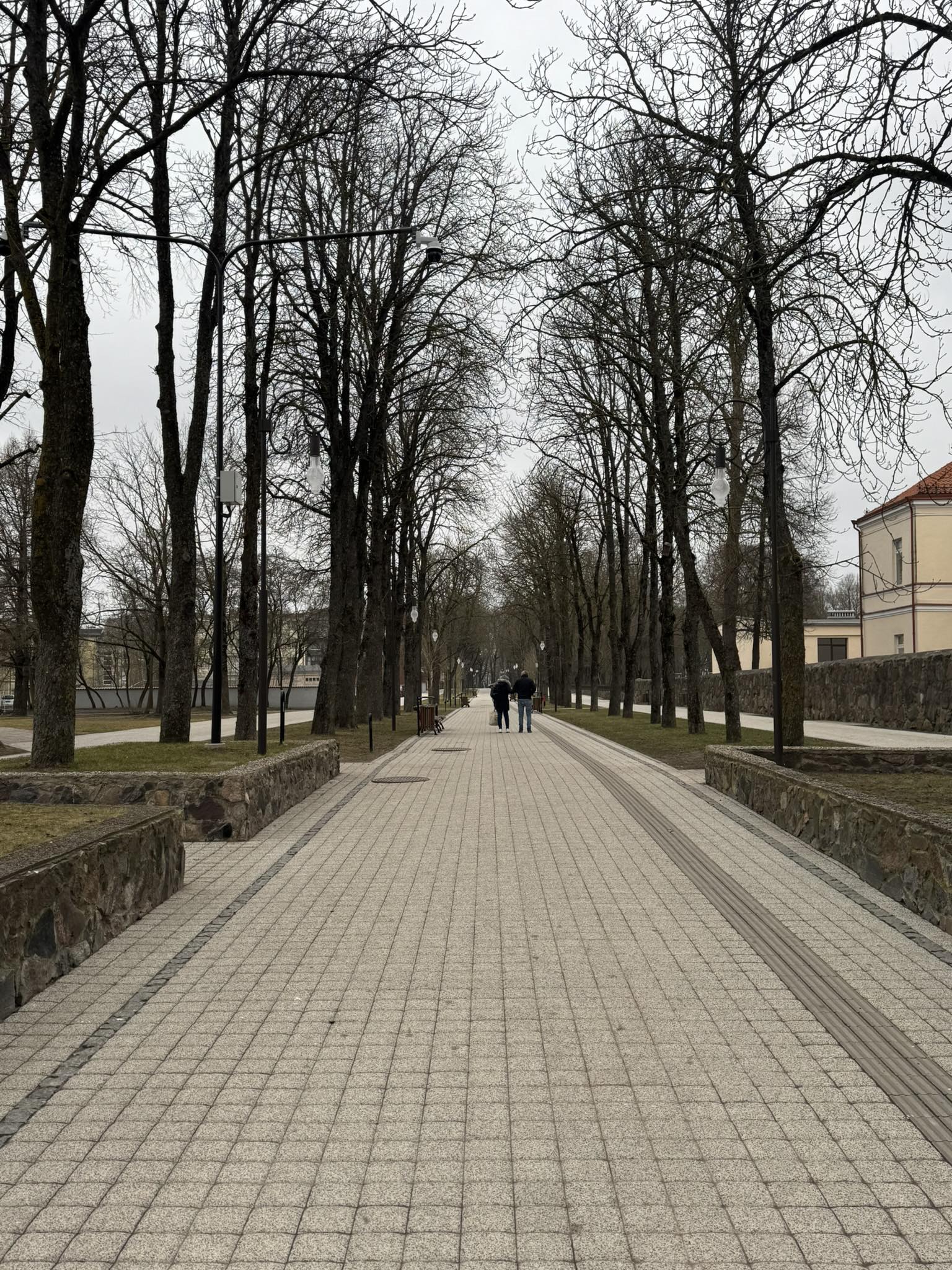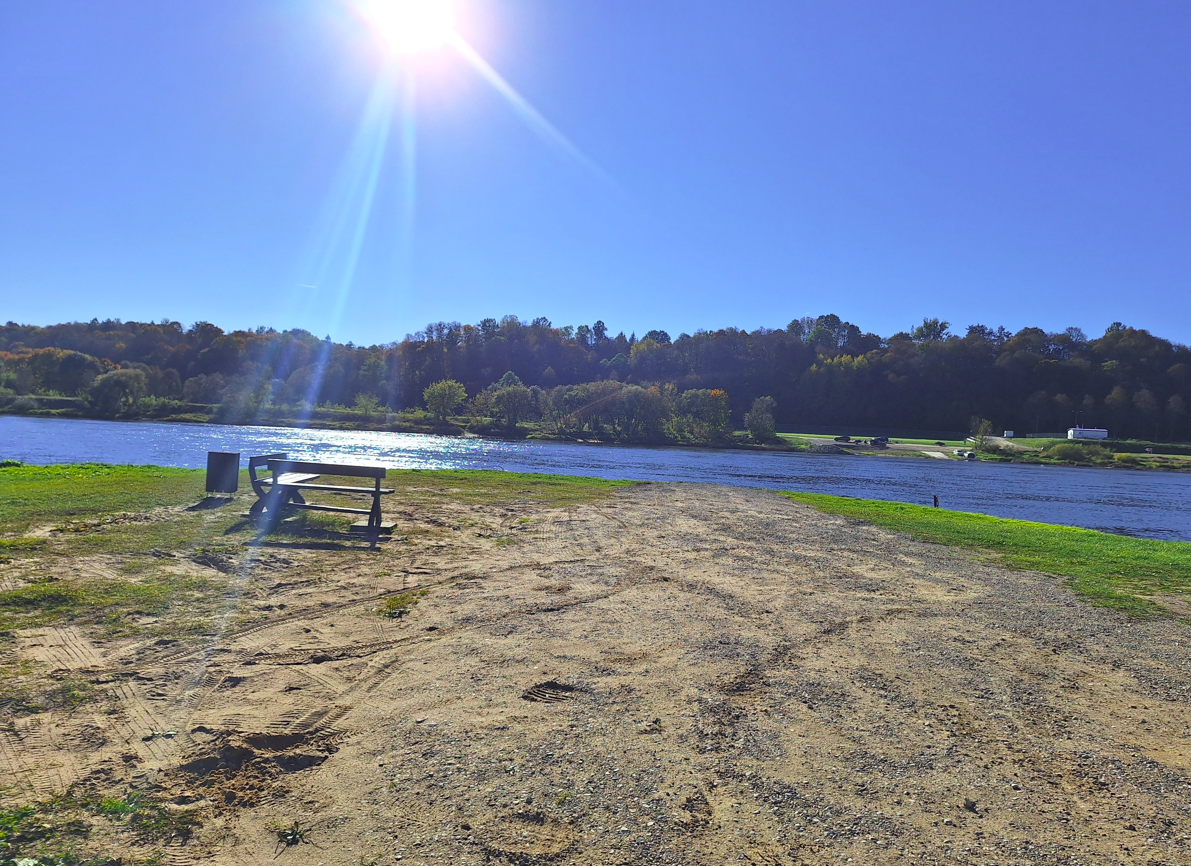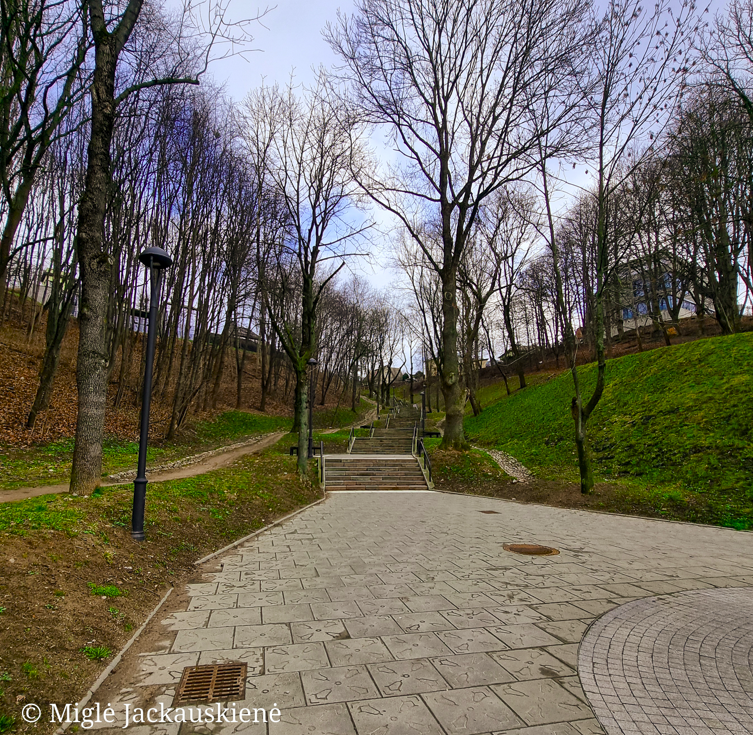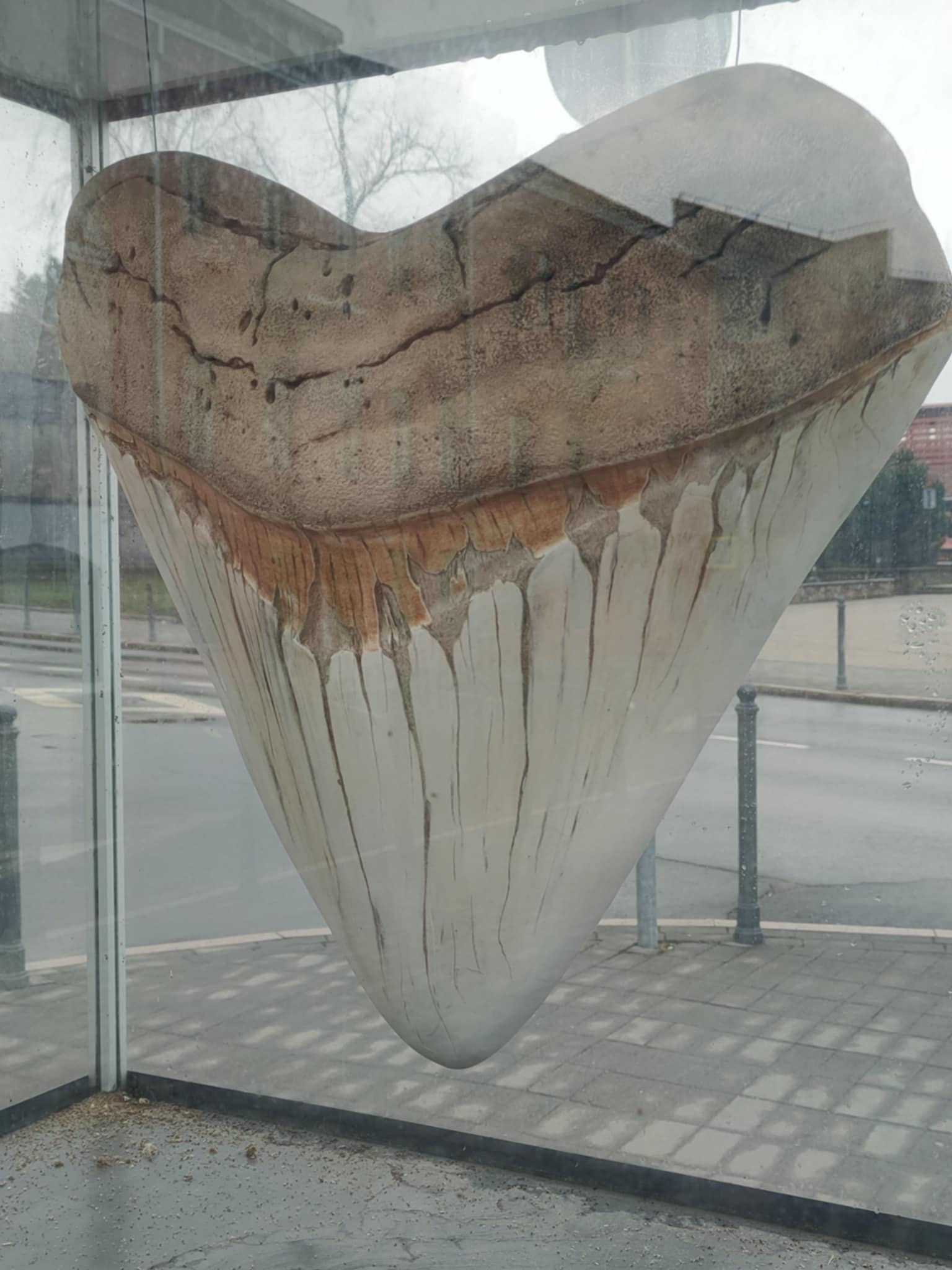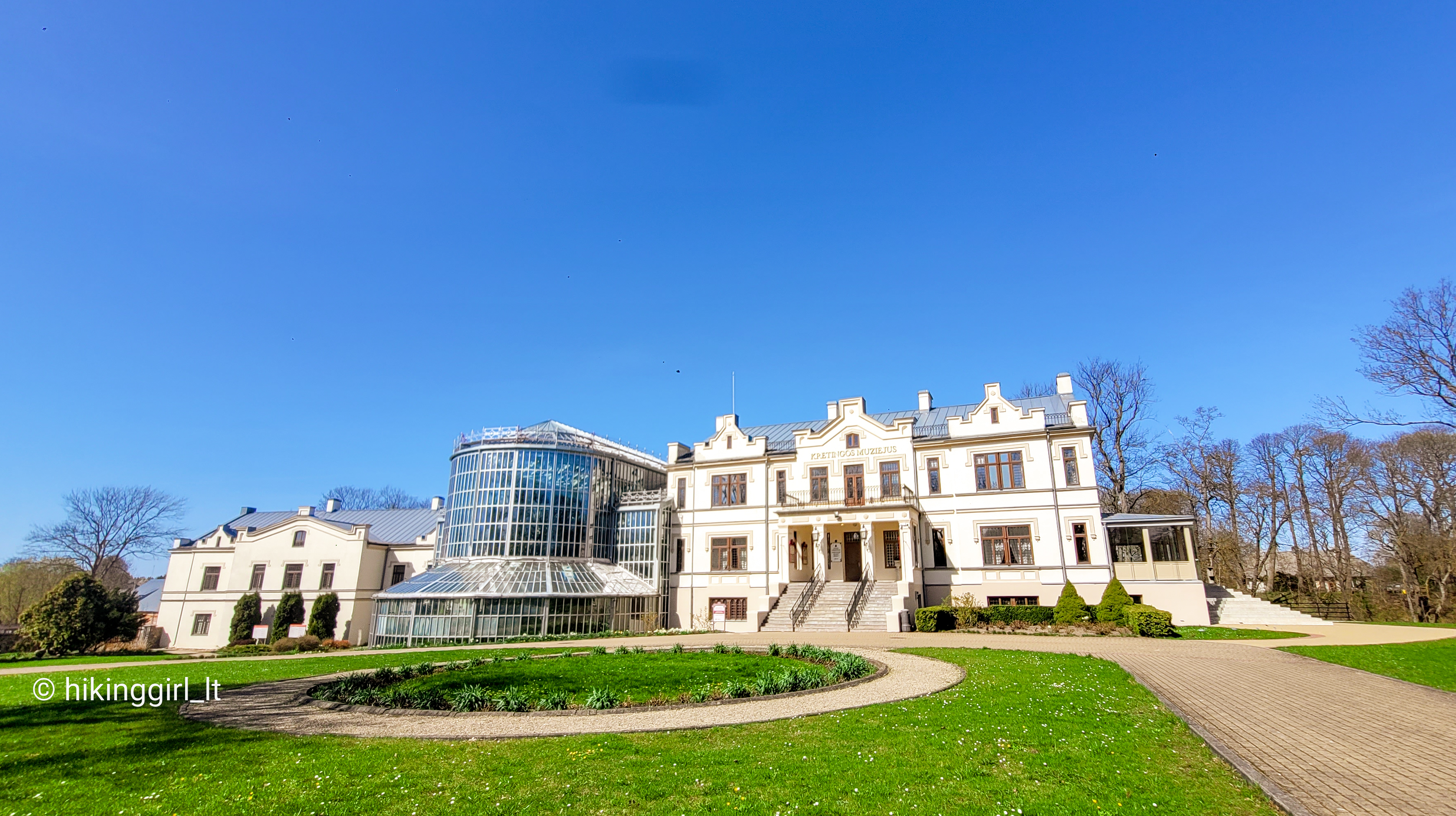Kretinga Manor Estate

1304

7

8
5 out of 5
(3 reviews)
Kretinga Manor, located in the northern part of Kretinga city, is one of Lithuania's most significant cultural heritage sites. It was long owned by the renowned Tyszkiewicz family. Today, the manor is home to the Kretinga Museum, where visitors can explore the Winter Garden (Orangery), a vast park, the preserved 19th-century brewery, and other authentic parts of the estate. The park stands out for its unique English style, featuring flower beds, ponds, and linden alleys. Kretinga Manor is a perfect place to discover history and culture.
Info
-

Manors
-
Kretinga
-




+2

Located in the northern part of Kretinga town, Kretinga Manor is one of Lithuania's most treasured historical sites. For a long time, it was owned by the Tyszkiewicz family, who created a unique cultural and architectural ensemble. Today, the manor houses the Kretinga Museum, where visitors can explore the estate's history and treasures up close.
Visitors to the manor will find the Winter Garden—a former orangery that once showcased exotic plants, waterfalls, and decorative fish. The vast manor grounds also feature a brewery, built in 1838, and an English-style park designed by the Zubov family. At the park's center are linden and chestnut alleys arranged to form ornamental arches and tunnels.
In the mid-19th century, the estate was taken over by Józef Tyszkiewicz, who transformed it into a family residence. He expanded the palace, adding lavish banquet, music, and other halls, and created an impressive portrait gallery. The park’s renovation included planting exotic
trees and shrubs, breeding pheasants and vineyard snails, and installing a fountain in front of the palace. The ponds, ornamental rose gardens, and gazebos enhance the park, which still houses 23 native and 67 introduced plant species.
The manor’s history faced hardships during World War I when the Kaiser’s army destroyed the palace’s western wing and damaged the park. After the war, the Tyszkiewicz family returned to restore the estate. Following World War II, the park was left neglected, but since 1992, the Kretinga Museum has undertaken restoration efforts to preserve and revive this cultural heritage.
Today, Kretinga Manor is open to visitors who can discover the Tyszkiewicz family’s cultural legacy, stroll among historic buildings, and enjoy the park’s flower beds and ponds. It’s an excellent destination for those seeking to experience the magic of history and culture, learn about Lithuanian manor architecture, and spend time surrounded by nature.
Found a mistake?
Report

 Entertainment
Entertainment
 Food establishments
Food establishments






















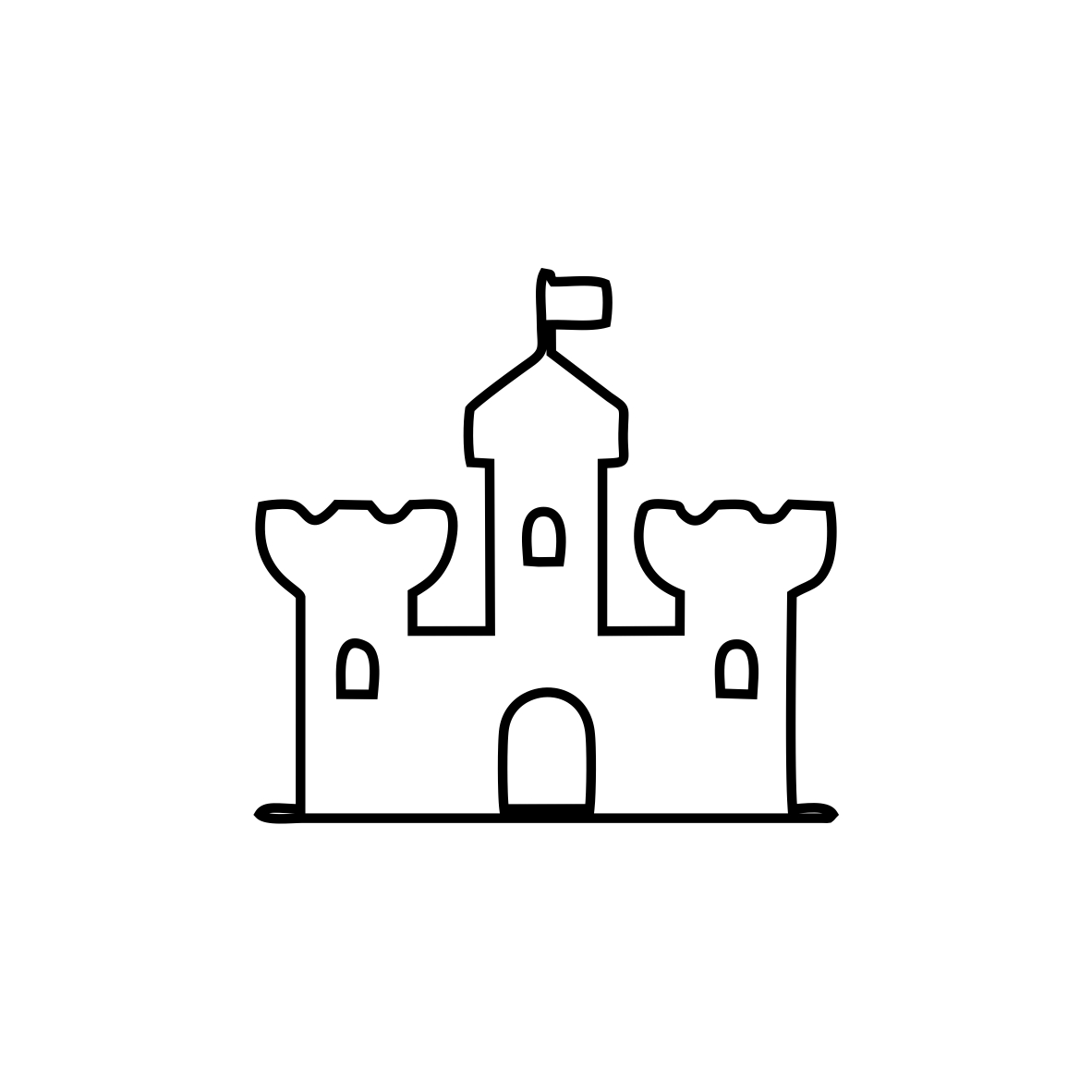
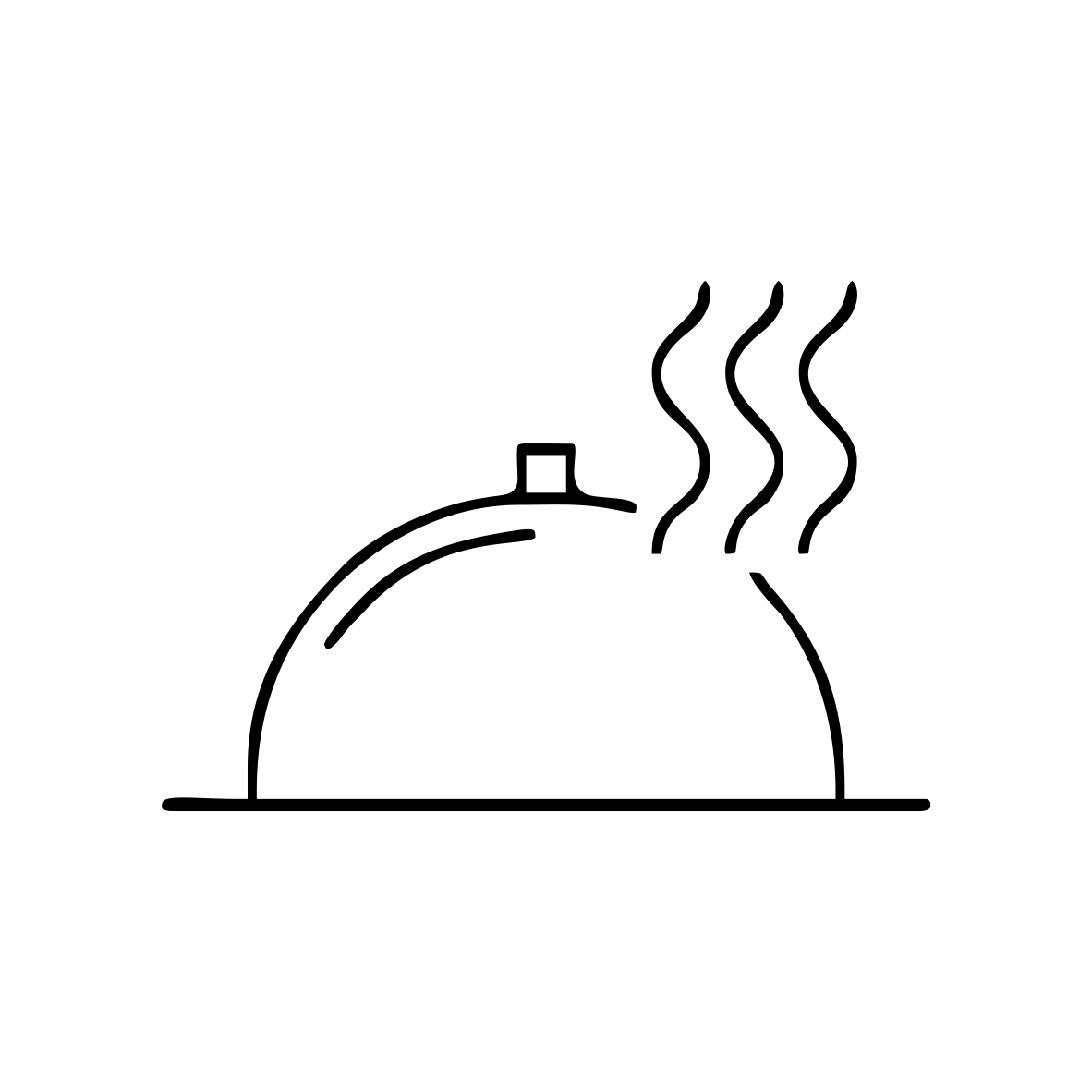
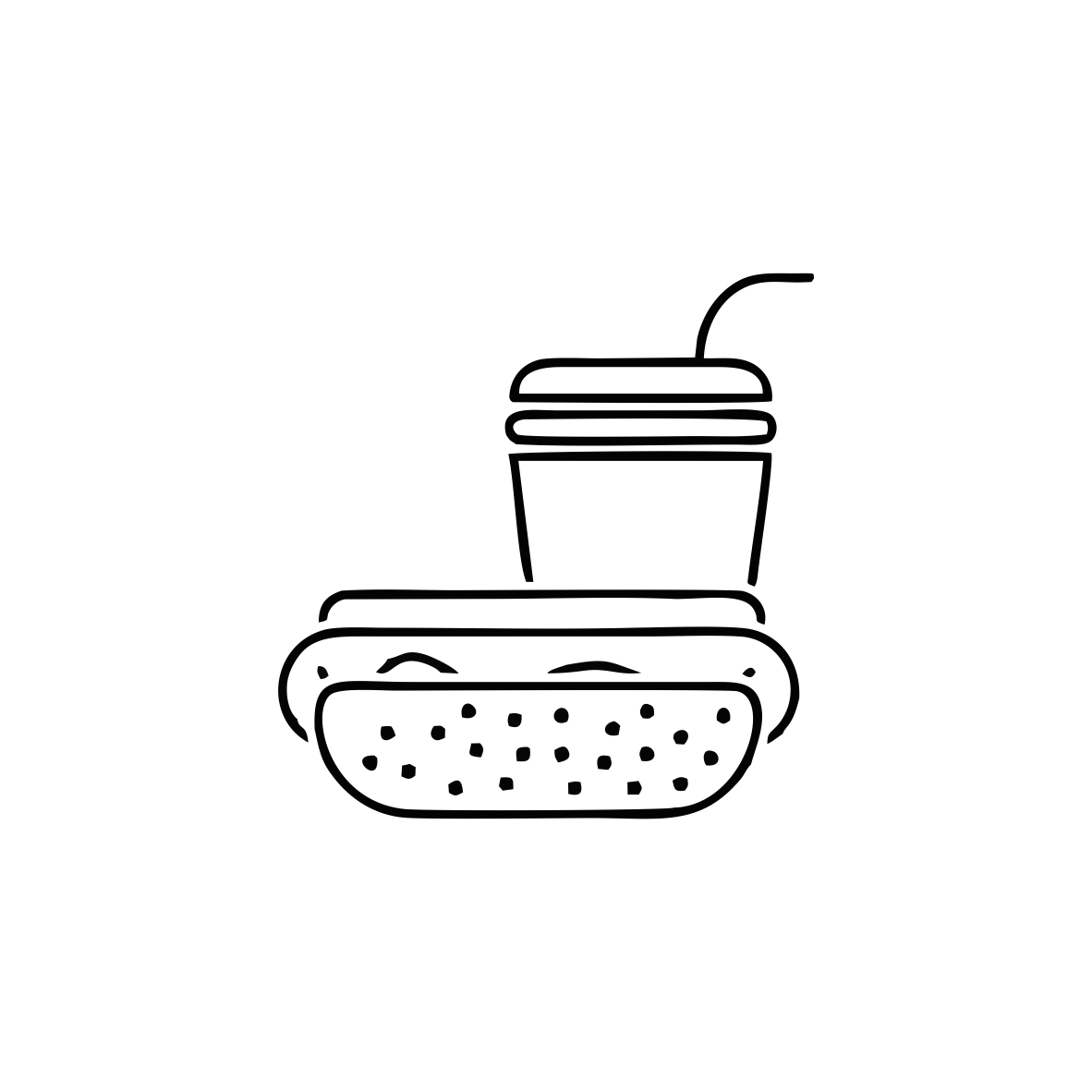




 55.899932, 21.248584
55.899932, 21.248584
 Get directions
Get directions